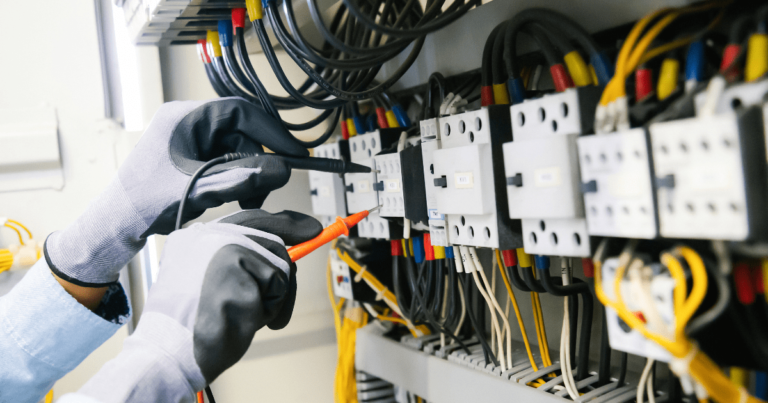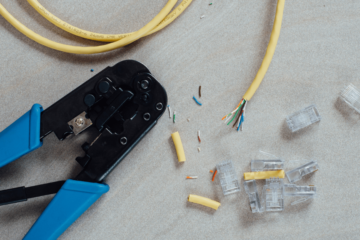
In the telecom industry, achieving optimal installation quality is a pivotal milestone that marks the difference between a network that’s robust, secure, and efficient, and one that’s prone to frequent failures and security lapses.
Testing and verification procedures serve as the backbone of quality assurance, confirming that your network equipment and connections function as intended.
Initial Testing: A Preemptive Strike
Before initiating the installation process, it’s vital to conduct initial tests on all equipment and materials. This is an anticipatory step that identifies any defective or substandard components, thus helping you avoid unexpected downtimes later on.
Physical Verification Procedures
Before even powering on your equipment, conduct a physical examination. Check if all devices are securely mounted and all cables are connected in the proper ports. Validate that there’s no physical damage and that safety protocols, such as proper grounding, have been observed.
Power-On Tests
After the physical verification, the next step is to power on your devices and conduct initial boot-up tests. This ensures that the hardware initializes correctly and that there are no issues like boot loops.
Network Connectivity Checks
Use basic command-line tests like ‘ping’ or advanced software tools to verify that all your devices are correctly connected to the network. Verify that IP addresses are correctly assigned and that subnets and gateways are correctly configured.
Security Testing
This phase involves verifying your firewalls, intrusion detection systems, and other security features to ensure they are correctly configured and operational. Regularly update your security software and check logs to detect any anomalies.

Functionality Tests
Functionality tests involve checking the operational capabilities of the network and the individual devices. Run use-case scenarios to confirm that the network handles different types of traffic, including voice, video, and data, as expected.
Performance Benchmarking
In this step, you measure your network’s performance metrics under varying conditions. These metrics could include latency, bandwidth, and packet loss rates. The aim is to ensure that your network meets or exceeds predefined performance benchmarks.
Failover and Redundancy Verification
Conduct tests to ascertain the reliability of your backup systems, failover mechanisms, and other redundancy arrangements. This verifies that the network can sustain its operations under sub-optimal conditions, such as device failures or power outages.
Compliance Checks
Depending on your industry, there may be specific compliance standards you need to meet. Utilize specialized software tools to verify that your network meets all the necessary local, national, and international regulations.
Final Audit and Documentation
The last step is a comprehensive audit of all test results, configurations, and performance metrics. Document these findings meticulously, as they serve as valuable references for troubleshooting and future network upgrades.
Thorough testing and verification procedures are indispensable for achieving and maintaining exceptional installation quality in telecom networks. Consistently adopting these steps will not only give you confidence in the network you’ve built but also greatly reduce the risk of unexpected failures and security incidents down the line.
Related articles: Selecting Telecom Products: Key Features and Specifications









